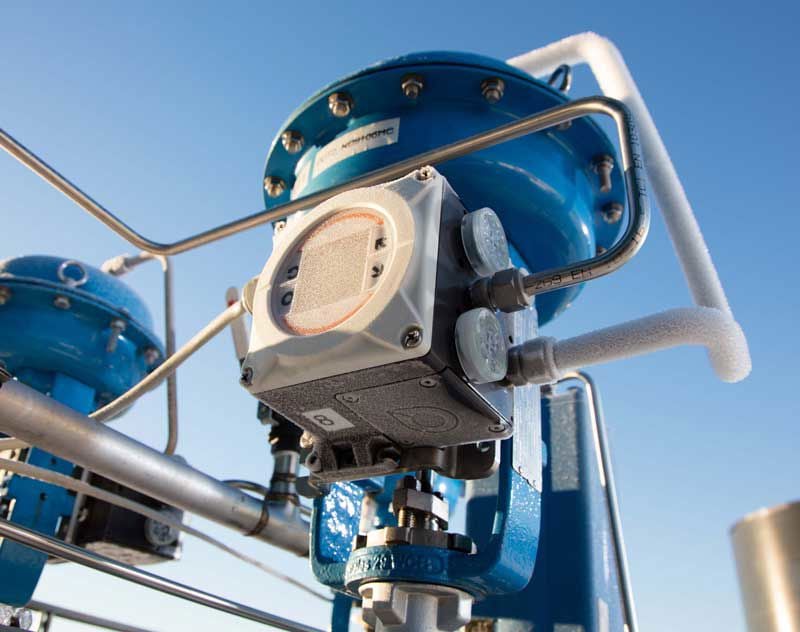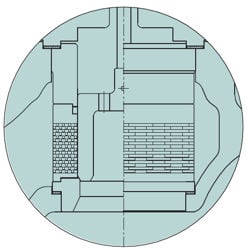When considering control performance in a modern process plant, it is easy to get confused by the complexity of it all. The control system is usually the part plant owners concentrate on the most. However, one should not forget that the last control element – the control valve – sets the baseline for accurate control. Only if the baseline is good, it forms a good foundation for smooth plant operation and performance. So, what are the things to keep in mind about control valves?

Control valve
The control valve and the way it is built are the first crucial factors to consider. The control valve unit consists of a valve, an actuator and a positioner. Ideally, all these components should come from the same manufacturer to guarantee that the whole unit is designed and tested to work well. If a multivendor package is selected, the one who takes the lead responsibility for the overall performance should be carefully considered.
Valve material selection
When it comes to the centerpiece of the control valve unit – the valve – its materials should be selected based on the specific application needs and conditions. Selecting the correct control valve trim type is important for and accurate control performance and operation. Typically, there are tens of different types of trims from which to choose. They vary from normal trims to multi-hole Tendril-type trims (below the illustration on the left) – and all the way to multi-channel Omega-type trims (below the illustration on the right) that are used in the most demanding applications.





